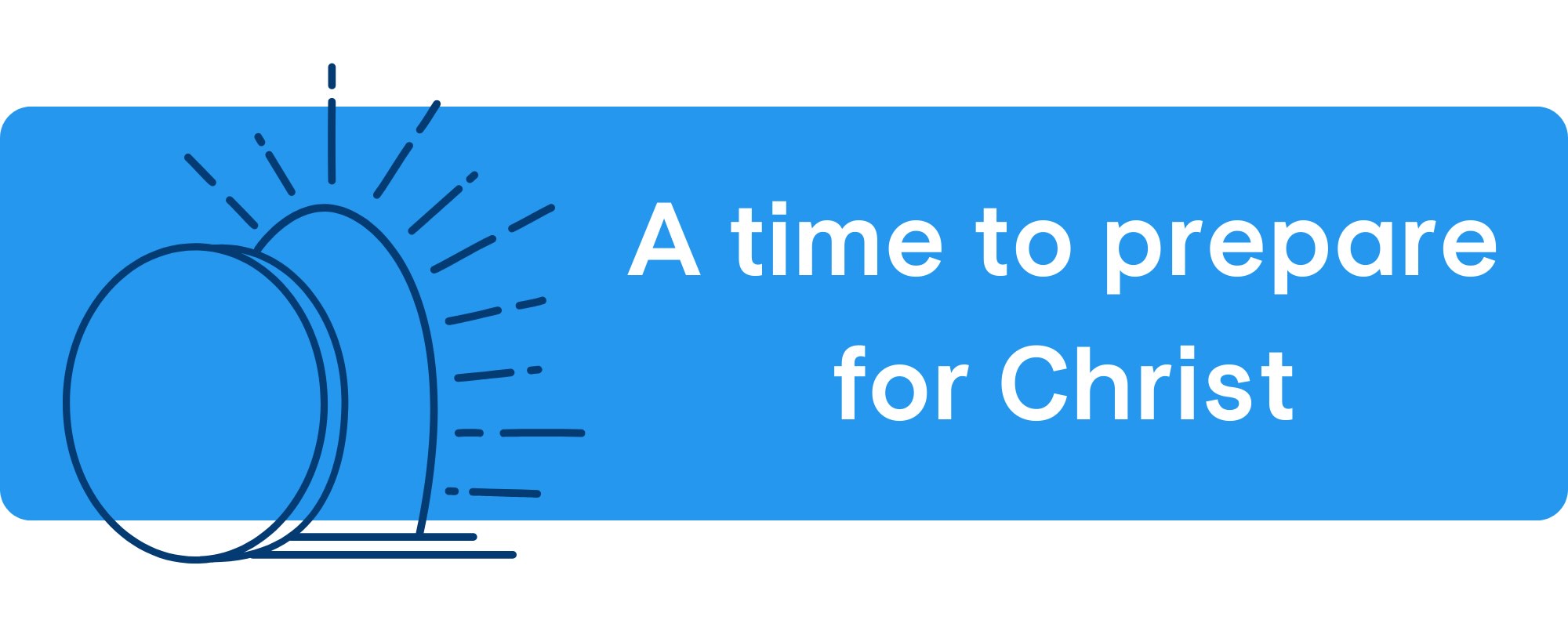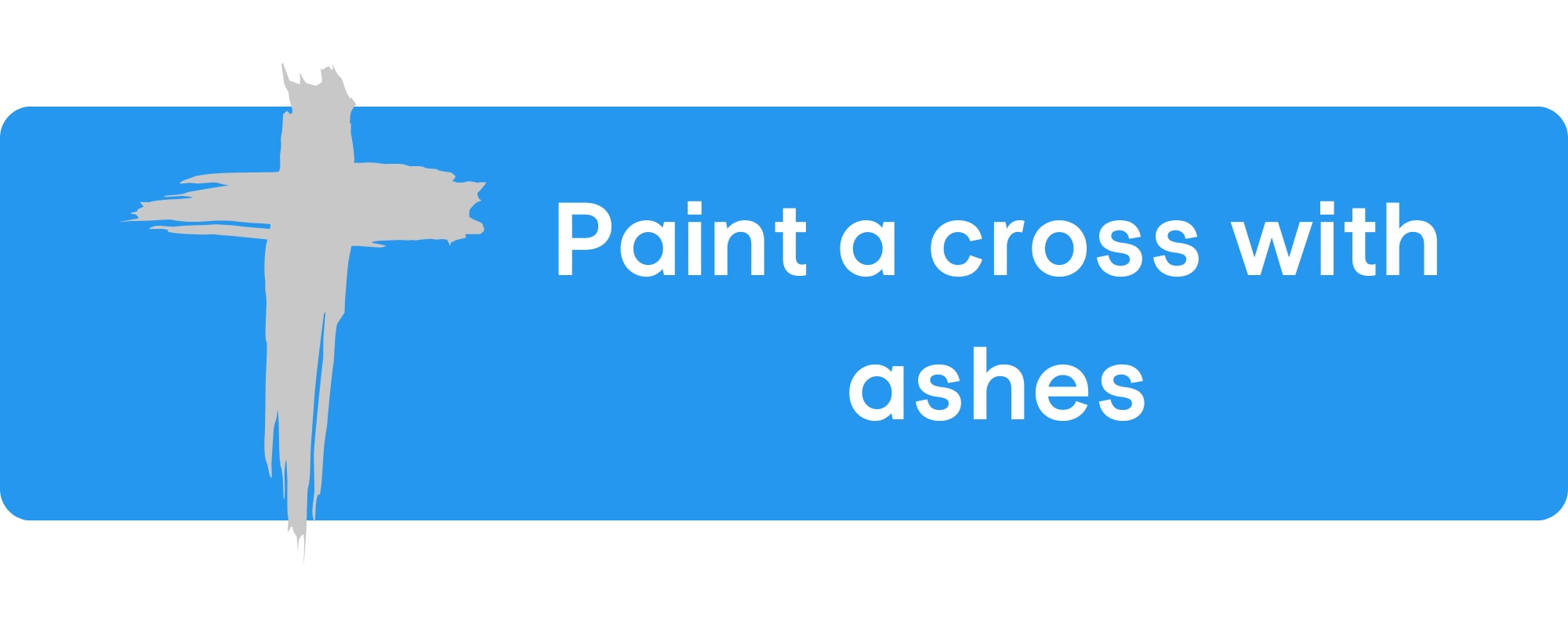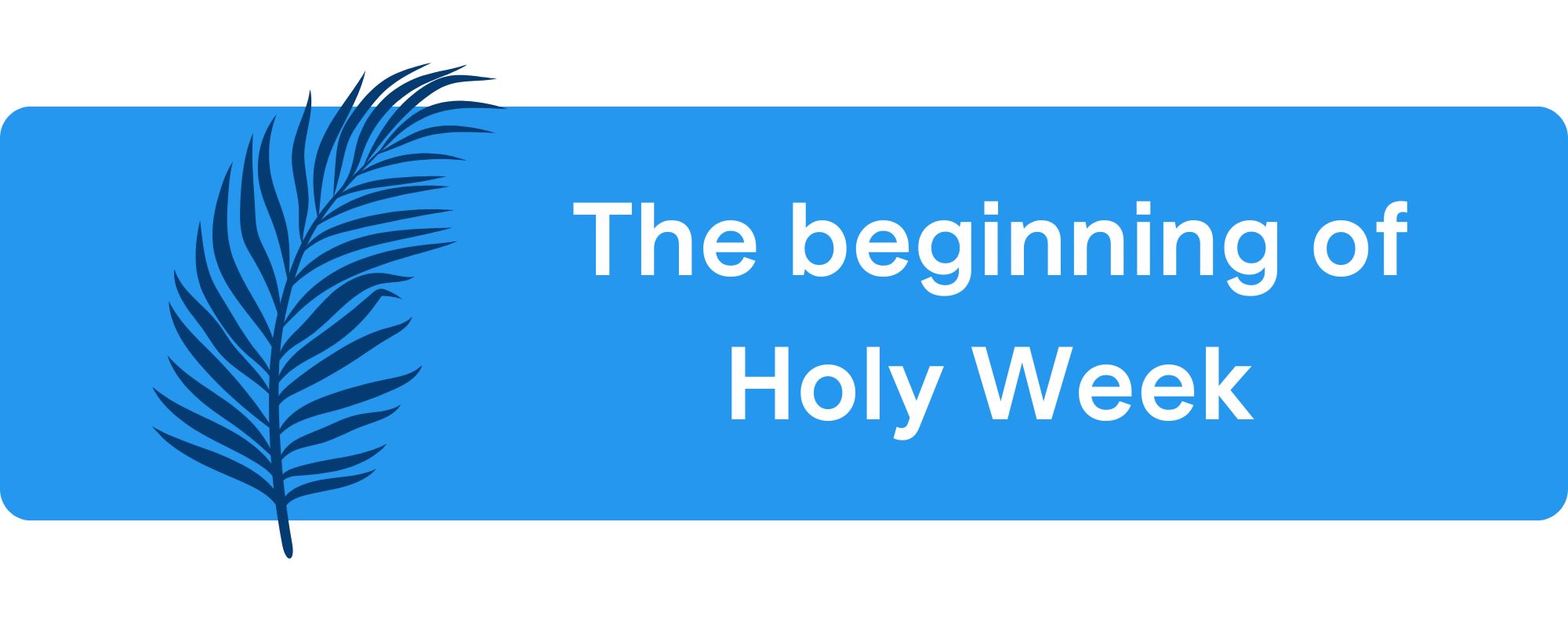What is Lent?

Have you ever heard someone talk about a season called "Lent" and wondered why they cared so much about the fuzzy stuff in their pockets?
Sorry... that's a bad dad joke.
Lent is the period of 40 days before Good Friday when Christians around the world fast and prepare themselves for the Resurrection of Jesus on Easter!
What Is Lent and Why Is It Celebrated?
If you're like me, you didn't grow up in a church or denomination that observed the Liturgical Calendar. This calendar is a list of seasons, feasts, and holy days that have been commemorated by various Christian denominations and traditions for centuries. It acts as a guide through the year, prompting believers to regularly reflect on important historical events and people, providing opportunities to be formed by the lessons they can teach us.
Lent begins with Ash Wednesday, leads to Holy Week, and ends with Good Friday, lasting 40 days in total. This is a time spent preparing for Christ's death, burial, and resurrection. If you have never been in a community that follows this calendar, you're in for a treat!

I've put together a list of the significant days of the Lenten season below, why they're important, and suggestions for how you and your church can celebrate Lent, even if you've never done this before!
Shrovetide
Also known as Pre-Lent or Forelent, this season lasts a few weeks, beginning the third Sunday before Ash Wednesday and extending to the day before Ash Wednesday, also called Mardi Gras. Fun Fact: "Mardi Gras" means "Fat Tuesday" in French.
When Is Shrovetide 2025?
Tuesday, March 4th
This period isn't technically a part of Lent, but many Christians around the world use this time to prepare for the Lenten season.
Ways to Observe Shrovetide
Shrovetide is typically a time of self-reflection and repentance. Christians often use this season to consider what they will sacrifice or fast during Lent.
However, Shrovetide culminates in Mardi Gras (or Fat Tuesday), a day of feasting before the fasting begins.
If you are a ministry leader, consider encouraging your members to participate in a fast during Lent and use Sunday services during Shrovetide to comment on giving up worldly things to increase our dependence on God. Consider hosting a potluck before Ash Wednesday.
Ash Wednesday
The first official day of Lent for most Christian traditions. The word "Ash" in Ash Wednesday comes from burning the palm fronds of last year's Palm Sunday celebration. Ash Wednesday is when churches use the ashes to paint a cross on everyone's foreheads.
The ash on our foreheads is meant to serve as a reminder that we come from dust and will return to dust. Ashes were also used by ancient Jews to demonstrate when they were in great mourning or grief. They would sprinkle it on their heads or sit upon a pile of ashes.

When Is Ash Wednesday 2025?
In 2025, Ash Wednesday falls on March 5th.
Ways to Observe Ash Wednesday
Most churches that observe Ash Wednesday hold a service early in the day or have ministers available all day to pray over members and "paint" the cross on each forehead.
But if you cannot schedule a special service early in the day, you could also share a video on social media where you deliver a message about human frailty and dependence on God, using ashes as an illustration.
You could even encourage members to find ashes or dirt and spend time reflecting on the shortness of life and the importance of using our lives to know God and love our neighbors.
Quadragesima Sunday
Also known as Invocabit Sunday. The word "Quadragesima" means "fortieth" in Latin. Quadragesima Sunday is exactly 40 days before Good Friday.
Historically, this has been a day focused on the temptation Christ faced in the wilderness before He officially began His public ministry, as described in Luke 4:1-13.
When Is Quadragesima Sunday 2025?
Sunday, March 9th
Ways to Observe Quadragesima Sunday
Each temptation the devil offered Jesus was a direct challenge to God's power and provision. Jesus overcomes each one by quoting Scripture and depending fully on the Father.
We could all take important lessons from how Jesus handled His temptation. In your sermon, encourage your members to use Lent as a time to give something up and learn to rely more fully on God. Thanks to Jesus, we know that God is sufficient and we can count on His promises.
Reminiscere Sunday
The second Sunday of Lent celebrates the Transfiguration of Jesus, found in Luke 9:28-36.
The Transfiguration sees Jesus flanked by Moses and Elijah, indicating that Jesus stands in continuity with the Law and the Prophets, acting as the fulfillment of both.
When Is Reminiscere Sunday 2025?
Sunday, March 16th
Ways to Observe Reminiscere Sunday
The Transfiguration is a key event in the life of Christ. Like with Jesus's baptism, the voice of God is heard affirming that Jesus is His Son. We also get a foreshadowing of a resurrected Savior in this passage.
For this Sunday's sermon, you could highlight how Jesus is the fulfillment of everything we read in the Old Testament about the Messiah. And that because of this, we can place our hope in Him.
Oculi Sunday
This day is typically used to emphasize themes of repentance, conversion, and mercy.
When Is Oculi Sunday 2025?
Sunday, March 23rd
Ways to Observe Oculi Sunday
Historically, ministers have read Luke 13:1-9 and John 4:5-42.
You could include these passages in your sermon and draw attention to Jesus's call to repentance in Luke and His loving approach to the woman at the well. This is the perfect opportunity to lead your members toward a posture of humility and repentance, as well as ask them to reflect on who they could treat more graciously.
Mothering Sunday, Refreshment Sunday, or Laetare Sunday
Christians have usually used this day to visit their "mother church" where they were introduced to or baptized in the faith. The word "Laetare" is Latin for "rejoice".

When Is Mothering Sunday 2025?
Sunday, March 30th
Ways to Observe Mothering Sunday
Often ministers read from Luke 15 and John 9 during service. In both passages, we see Jesus work against the expectations of the religious leaders of His day by dining with unclean sinners and healing on the Sabbath.
You could use this day to reflect on the ways Jesus overcomes boundaries and expectations to meet us exactly where we are, offering us more love and grace than we could ever deserve.
Passion Sunday
This day begins Passiontide, the final two weeks of Lent. This day is reserved for focusing on Jesus's final days before going to Jerusalem, leading to His death.
On this day, churches across the world reflect on the miracle of Jesus raising Lazarus from the dead, foreshadowing the ultimate miracle of His resurrection around the corner.
When Is Passion Sunday 2025?
Sunday, April 13th
Ways to Observe Passion Sunday
You could read John 11:1-45 and use the sermon to reflect on the new life we've been giving through our risen Savior.
Also, consider leading your members to meditate on the significance of Jesus raising Himself from the dead by asking them to recall their testimony and baptism. Perhaps include a time in the service for a member to share their testimony with the congregation.
Palm Sunday
This day reflects on the day Jesus rode into Jerusalem on a donkey as the people of the city greeted him by laying palm branches and coats on the ground while shouting “HOSANNAH”. These very same people would be shouting “CRUCIFY HIM” just a few days later.
Palm Sunday also serves as the official beginning of Holy Week, the final week of Lent, ending with Easter.

When Is Palm Sunday 2025?
Sunday, April 13th
Ways to Observe Palm Sunday
This day is probably one of the biggest events on your church's calendar. I'm sure you already know what your church will be doing for this Sunday. Below are a couple of suggestions to round out the details of your plans.
This service should be a joyous occasion, so consider choosing worship music that is upbeat and gets people out of their seats! Help your people step into the shoes of the Israelites that greeted Jesus that day.
Many churches try to include a reading or sermon of the whole Passion narrative. People in the building might only attend this service and the following Sunday. This is a chance to offer everyone present the whole story of the crucifixion.
Holy Week
Palm Sunday also begins the last week of Lent called "Holy Week".
Each day of Holy Week is significant. They include:
- Fig Monday
- Holy Tuesday
- Spy Wednesday
- Maundy Thursday
- Good Friday
- Black Saturday
- Easter Sunday
This period of Lent is so significant, that I dedicated a whole post to it. Learn more about Holy Week ›
Lent FAQs
The reason Lent is 40 days long is to commemorate the 40 days Jesus spent fasting in the desert before beginning his public ministry.
Lent is a period of penance, repentance, and fasting. Fasting for Lent has been the most common way believers observe this season. Christians are encouraged to spend 40 days in fasting and abstinence from either food or something else important to them.
Ash Wednesday is the first day of Lent, marked by wearing ashes on our heads and reflecting on our mortality. Lent is the 40 day period of fasting that follows Ash Wednesday, leading up to Good Friday and Easter Sunday.
Ash Wednesday is the first day of Lent, marked by wearing ashes on our heads and reflecting on our mortality. Lent is the 40 day period of fasting that follows Ash Wednesday, leading up to Good Friday and Easter Sunday.
I hope that this post helps you understand what is lent and prepare your church for the Lenten season. If this is the first time you've guided your church through this season, prepare yourself for God to move in mighty ways!
There is a long history behind this season, so I highly encourage you to spend time researching Lent and the Liturgical Calendar like I did. I found this site very informative as I prepared this post. I also recommend talking to other believers from denominations that have celebrated Lent for years.

|
Matt
|